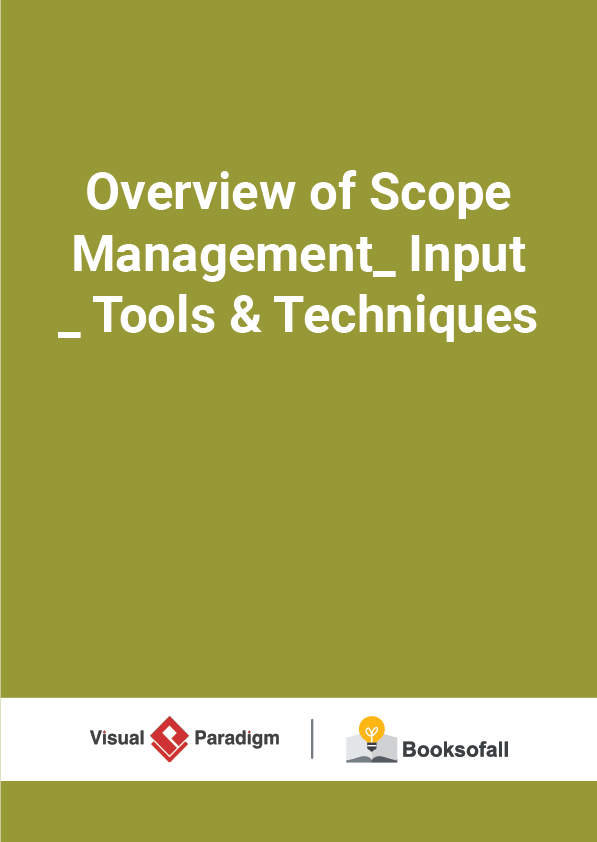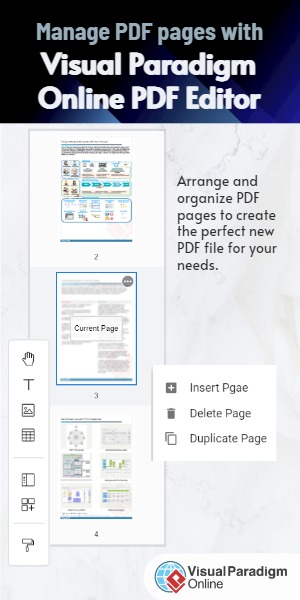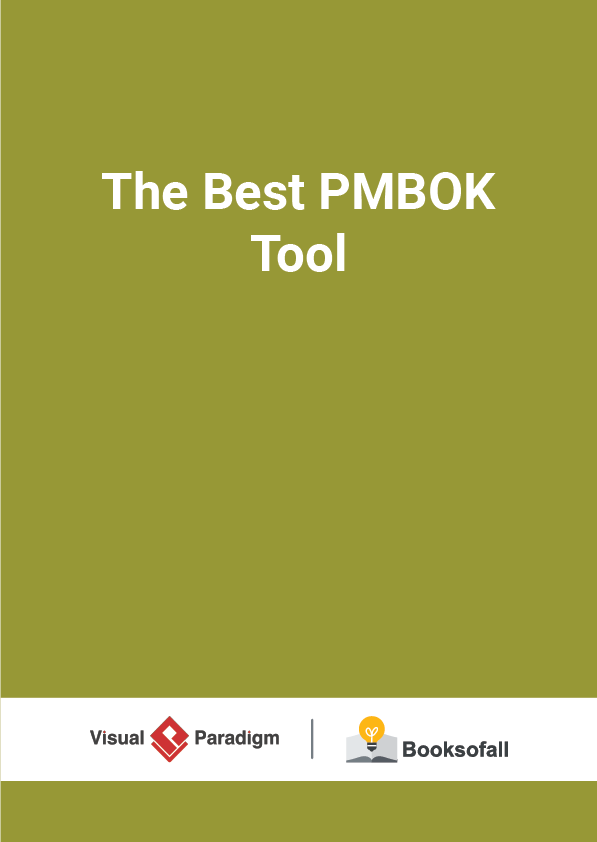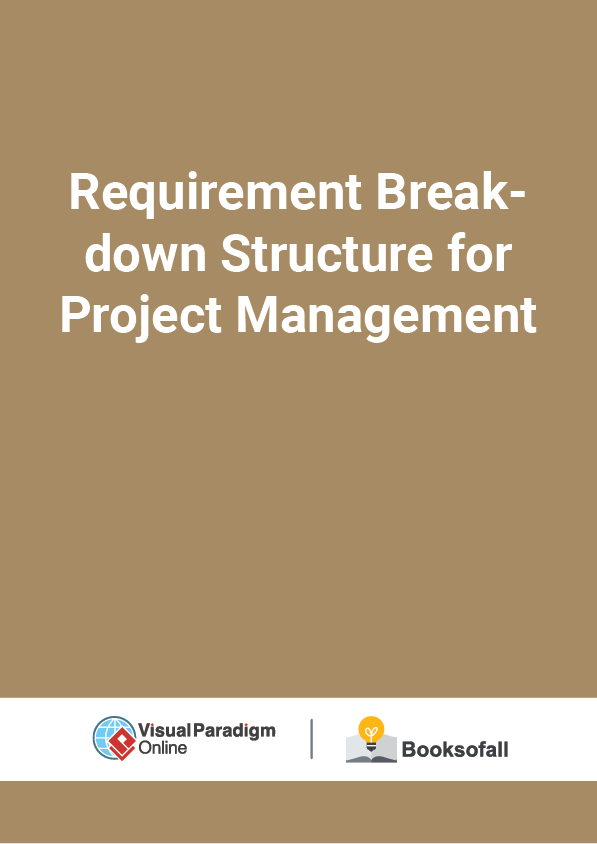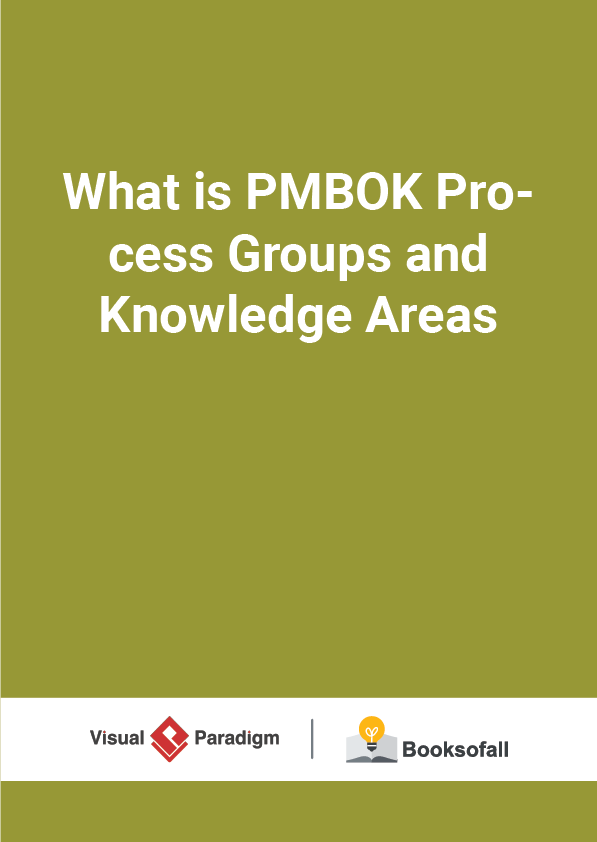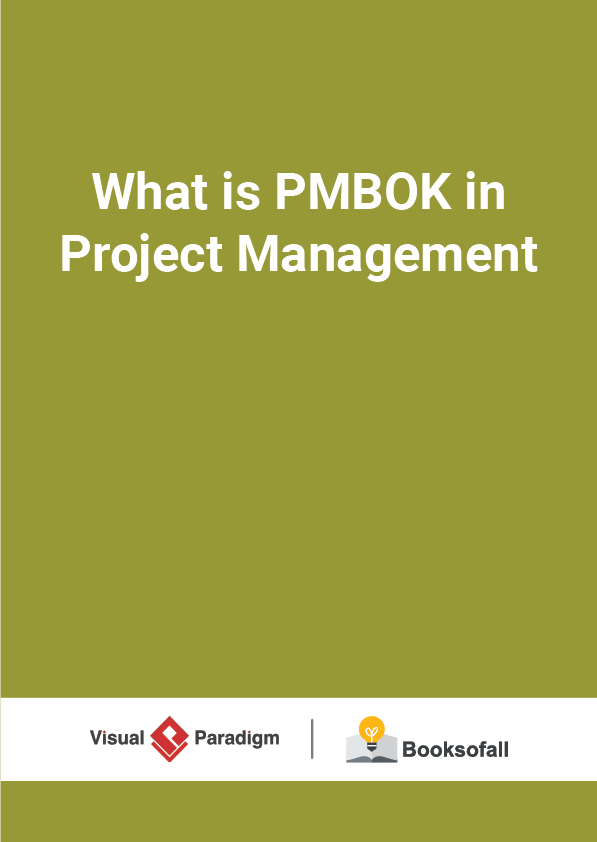Overview of Scope Management: Input / Tools& Techniques
5-6 minutes
Project scope management is the primary knowledge area out of ten knowledge areas in PMBOK which includes the processes required to ensure that the project includes all the work required, and only the work required, to complete the project successfully. A project scope management can help you to understand what the client or the customer is looking for as deliverable, in other words, It is primarily concerned with defining and controlling what is or is not included in the project.
The Figure below provides an overview of the major project scope management processes:
- Plan Scope Management – It is where you create a scope management plan with which one can define, validate and control the project scope. This process provides guidance and direction for managing scope across the project.
- Collect Requirements – it is where you collect requirements from all stakeholders who you have identified as an impact on the project. You need to identify the stakeholder to collect requirement and create a Requirement Traceability matrix using different ways to collect requirement from stakeholders.
- Define Scope – it is where the project manager will define the actual work that needs to be performed to meet project objectives. It is the responsibility of the project manager to define the scope after accessing and understanding the complete goals, requirements and objectives gathered from the stakeholder. The output would be the project scope statement.
- Create WBS – WBS is an important term where a project manager would be interested in. Known as Work Breakdown Structure. Where in project scope management, all the work that needs to be done to achieve goals is determined. Where in WBS, a Project manager will have to divide into manageable tasks. Typically, the lowest level of WBS is said to be WPL ( Work Package Level )
- Verify Scope – it is where the results provided by the scope and WBS are aligning with the quality. All the deliverables will be validated by the client or management to foresee the project is processing as planned after “Perform Quality Control”.
- Control Scope – it is where a project manager has to be efficient in dealing with Time and Cost and calculate how does it impact the project and its process. A project manager has to handle and balance the scope baselines as it is subjected to be changed by the stakeholders or the customer during various expected and unexpected situations.
